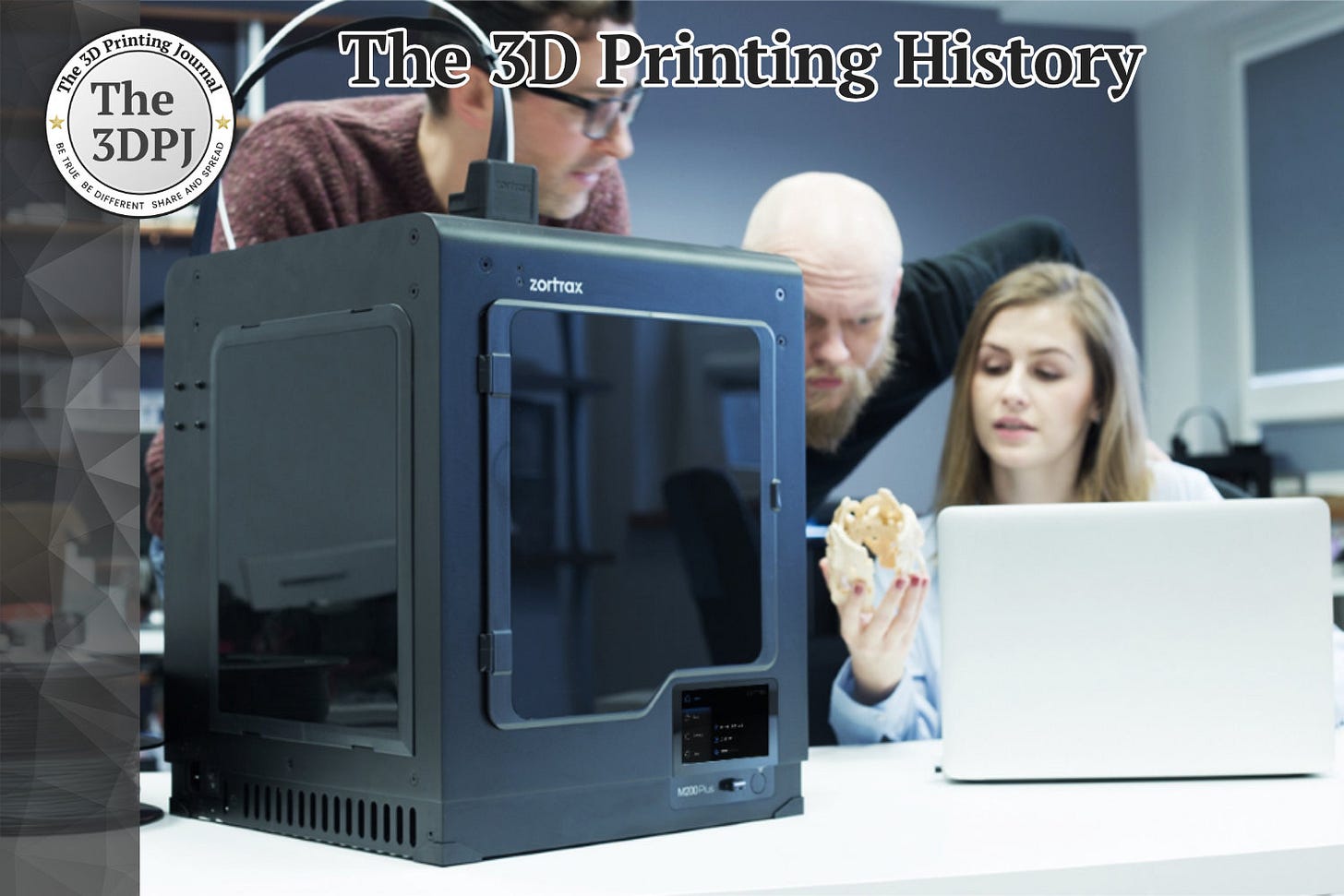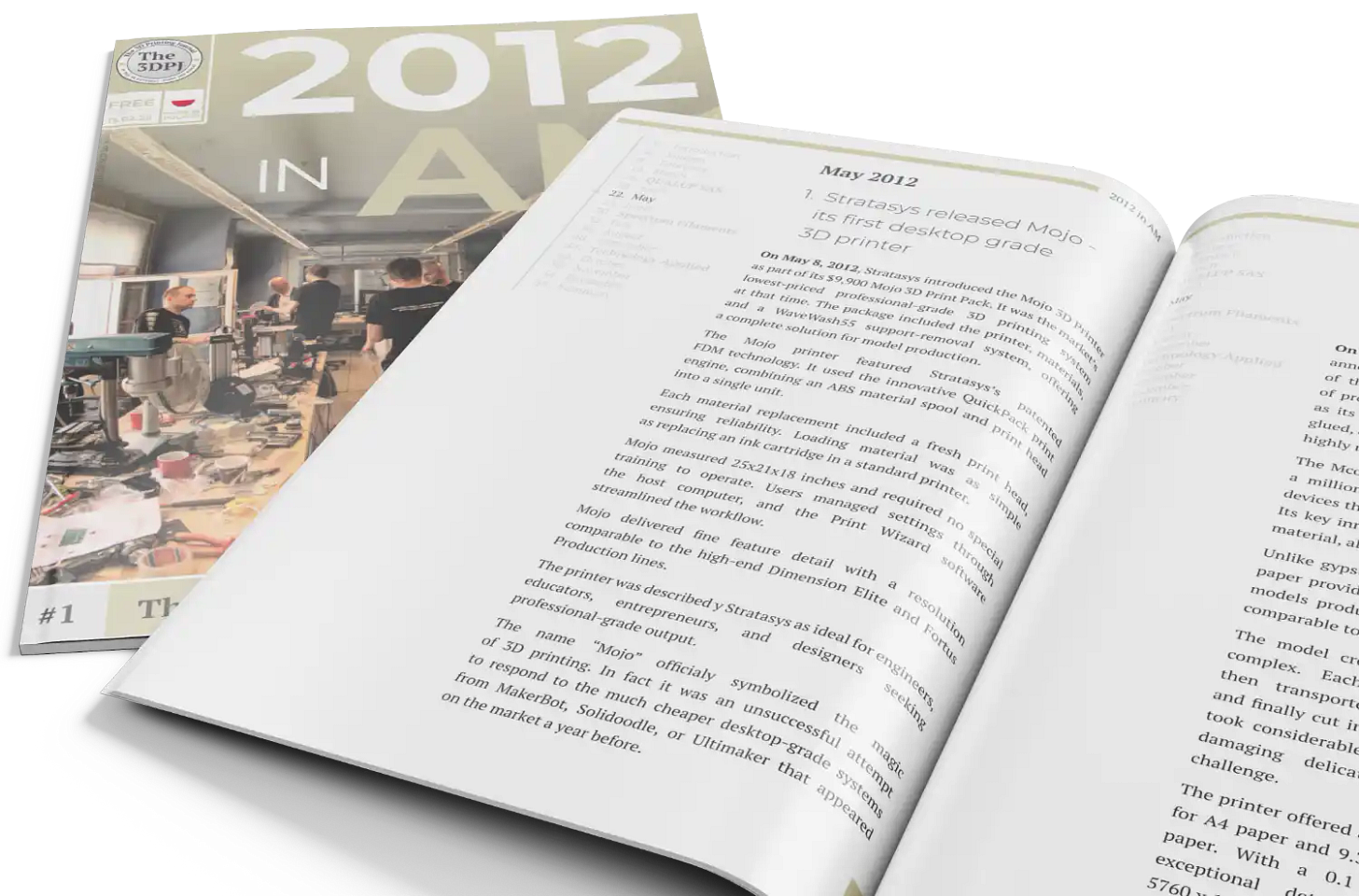03-13-2018: Zortrax released the M200 Plus
It was one of the best desktop FFF 3D printers of the 2010s
On March 13, 2018, Zortrax launched the M200 Plus – the successor to the iconic M200, a 3D printer that in the mid-2010s set the direction for the entire desktop industry. At first glance, it didn’t seem much different from its predecessor, but in reality, the Zortrax M200 Plus offered far greater and better capabilities—not only compared to its predecessor but also to around 90% of other FFF 3D printers available on the market at the time.
When the Zortrax M200 debuted in 2013, it caused a small revolution—it was the first desktop-grade FFF 3D printer to have its own ecosystem, including proprietary control software, firmware, and a dedicated line of consumables. This combination ensured exceptional print quality, ease of use, and consistent performance.
In the following years, the Zortrax M200 consistently ranked among the most popular 3D printers among users and won numerous awards and distinctions in industry polls worldwide. However, over time, it naturally started to lag behind its competitors. That’s when the Zortrax M200 Plus appeared, not only closing this gap but once again taking a step ahead.
The M200 Plus introduced WiFi and Ethernet connectivity, allowing users to remotely control multiple devices operating within large, automated 3D printing farms. It featured a new extruder, a touchscreen with an intuitive interface, and support for flexible materials such as Z-SEMIFLEX.
The 3D printer came equipped with a large, color touchscreen LCD. A quad-core processor handled data processing and was designed to accommodate future functionality updates. The Zortrax M200 Plus was also fitted with a video camera.
Thanks to WiFi and Ethernet connectivity, files could be sent remotely to one or multiple M200 Plus 3D printers. Zortrax abandoned SD cards in favor of USB file transfers, allowing manual print initiation from the device menu. Another new feature was the ability to start or stop a print remotely via the Z-SUITE application, eliminating the need to approach the printer physically.
I know that today these features seem obvious and standard, but in 2018, most desktop 3D printers lacked them. Wireless communication and remote management via Z-SUITE were truly exceptional, remaining so for several years. Zortrax was also among the first to introduce cloud-based 3D printer fleet management.
Many of the features that are now standard in Bambu Lab, Creality, or Elegoo first appeared in Zortrax, Ultimaker, and MakerBot. It’s worth remembering that.
Source: www.zortrax.com




